Innovation. Why bother? If your business is family-owned and operated or has a longstanding legacy in your industry and community, you may question the wisdom of investing time and money into innovation. But rest assured: Even the most steadfast, unchanging brand can benefit from innovation, whether in its products, services, internal processes or external branding.
Don’t believe us? Before we dive into our best tips on creating a company culture that lends itself to innovation, let’s tackle why you should want to innovate in the first place.
Better Employees
Employees that are encouraged to innovate, approach problems with creativity, like their jobs more, perform better and experience less work-related stress. According to a 2006 study by the Gallup Management Journal, 59% of the most engaged employees at companies surveyed strongly agreed that their jobs stoke their creative fires.
If your company is in a growth phase or focusing on laying a foundation for future growth, a creative mindset can be invaluable. Inspired employees fuel the forward motion of their companies, and it’s difficult to expand quickly if you don’t have the flexibility that comes with a culture of creativity and innovation.
Better Ideas
Legend has it that many of the most groundbreaking products to come from “Post-it Note” company 3M were created during employees’ “15% time,” a philosophy enacted by former president and chairman William McKnight. McKnight encouraged employees to spend 15 percent of their paid work time daydreaming or experimenting with ideas that weren’t necessarily relevant to their work at the company.
By giving employees the permission and resources to think outside of their assigned role and daily duties, McKnight tapped into his employees’ latent creative energy, resulting in innovative products and new perspectives on old challenges.
Better Burnout Bounceback
Creativity fosters wellbeing, and in return, wellbeing fosters creativity. But if your team is overloaded with work and wrestling with burnout, this cycle of “flow” — that illusive, seemingly-divine state of inspiration and productivity in perfect balance — is interrupted.
Employees need self-care time built into the schedules, so it’s critical to keep an eye on their workloads, encourage them to take their PTO and unplug during non-work hours and weekends. Lunch breaks, gym breaks, therapy appointments and getting some fresh air should all be celebrated ways to break up the work day.
When people have the opportunity to rest their minds and move their bodies, they fill their personal “well” of mental and creative energy so that, when they return, their work is better and more inspired. Creating a culture that values innovation will pay dividends in happier employees who stay with the company longer and produce higher value work. It will also put you ahead of the competition that is stagnant with their products and services.
4 ways to inspire innovation
1) Set the stage for innovation
Employees aren’t mind-readers: If they don’t know that your company is open to their innovative ideas, they won’t bring them to the table. Employees need to know, in no uncertain terms, that your company cares about being innovative. At DAYTA, innovation is one of our company values, and we make a point to call it out when we witness our teammates living out that value. We also prioritize sharing project strategies and challenges with everyone on the team, because more brains working on a problem = more creative solutions.
To help your employees feel supported in their innovation, consider building in time for employees to prioritize their creativity. This may look like scheduling a weekly or monthly calendar item for all employees to block off their time for independent brainstorming or creative work, or it may manifest through a company culture that is accepting of (and encouraging of!) employees taking an hour or two each day to do seemingly off-task work, as in McKnight’s 15% rule.
One DAYTA employee, Senior Project Manager Myles Bous, schedules a weekly calendar event for himself called “8 Ideas Before 8 AM.” During this time, Myles sits down with a list of his clients and dedicates his energy to thinking of new, innovative strategies to help solve their problems and boost their business. He’s especially partial to an exercise in which he starts with the biggest, splashiest idea he can think of, then dials it back or reverse engineers it until he arrives at a more actionable — but still one-of-a-kind—solution. In one instance, this exercise resulted in Myles attempting to convince the team that the client needed a hot air balloon on their roof. We tabled that idea, but many others have resulted in successful campaigns and projects!
2) Create a diverse, judgment-free environment
The fear of being judged holds back employees from suggesting new ideas. It’s important for you as a leader to take a hard, honest look at the type of environment your words and actions create on the day-to-day. The manner in which you treat an employee with a less-successful or actionable idea is equally as critical as the way you treat an employee with winning ideas. After all, the Golden Rule is golden for a reason!
If it becomes clear to employees that most ideas, or ideas along a certain philosophy, get shot down, they’ll stop speaking up — and
no company benefits from operating in an echo chamber. Expose your team to a variety of voices, including team members and innovators from different backgrounds, experiences and skill-sets, and encourage that same diversity of thought in your meetings and brainstorms. Offer positive feedback and gratitude to any employee who makes a suggestion, even if it’s not one you’ll put into action.
3) Celebrate the Failures
Every night at dinner, Spanx founder and CEO Sara Blakely’s father would ask her family to give an example of how they had failed that day. Growing up in a family that celebrated failure, Blakely learned early on that failing was merely a stop-off on the path to succeeding. Fostering a workplace culture where failure is considered a sign of progress creates a mental “safety net” for employees who are generating new ideas, helping them to feel less fearful of offering up solutions and softening the blow of inevitable set-backs or outright failures.
4) Introverts Welcome
Sometimes the quietest voices have the most attention-grabbing ideas. Make sure your innovation stream is inclusive of those employees who don’t love speaking up in a crowd. Offering less-direct methods of brainstorming, like Slack chat scrums or anonymous idea drop boxes, can help your resident introverts feel valued and heard.
One creative way to get lesser-heard voices into the mix is an exercise called
Brainwriting. In a Brainwriting session, each employee jots down three ideas that relate to the given topic during a 4-6 minute quiet period. Once everyone has written down their ideas, each participant passes their paper to the person next to them, who is tasked with building off those ideas. The Brainwriting cycle repeats until each set of ideas makes it all the way around the room and back to their original creators. Afterward, the group discusses the ideas they saw and considers which could be successfully pursued. You might be surprised at how vocal the team introvert becomes once their ideas are out in the world!
As a brand owner, you have a responsibility to yourself, your employees and your clients to be the best version of the company they know and love — and that means innovating! At DAYTA, we like to say that we are never satisfied, a value that reflects this spirit of innovation. Our pods function as a full-service marketing team. Not only is it our job to stay up-to-date on the latest and greatest in marketing, but it is also our responsibility to our clients to think creatively about how to use those new tools to nurture their growth. We hope you’ll walk away from this blog with some tools of your own to help you start or continue your journey toward creative innovation.



